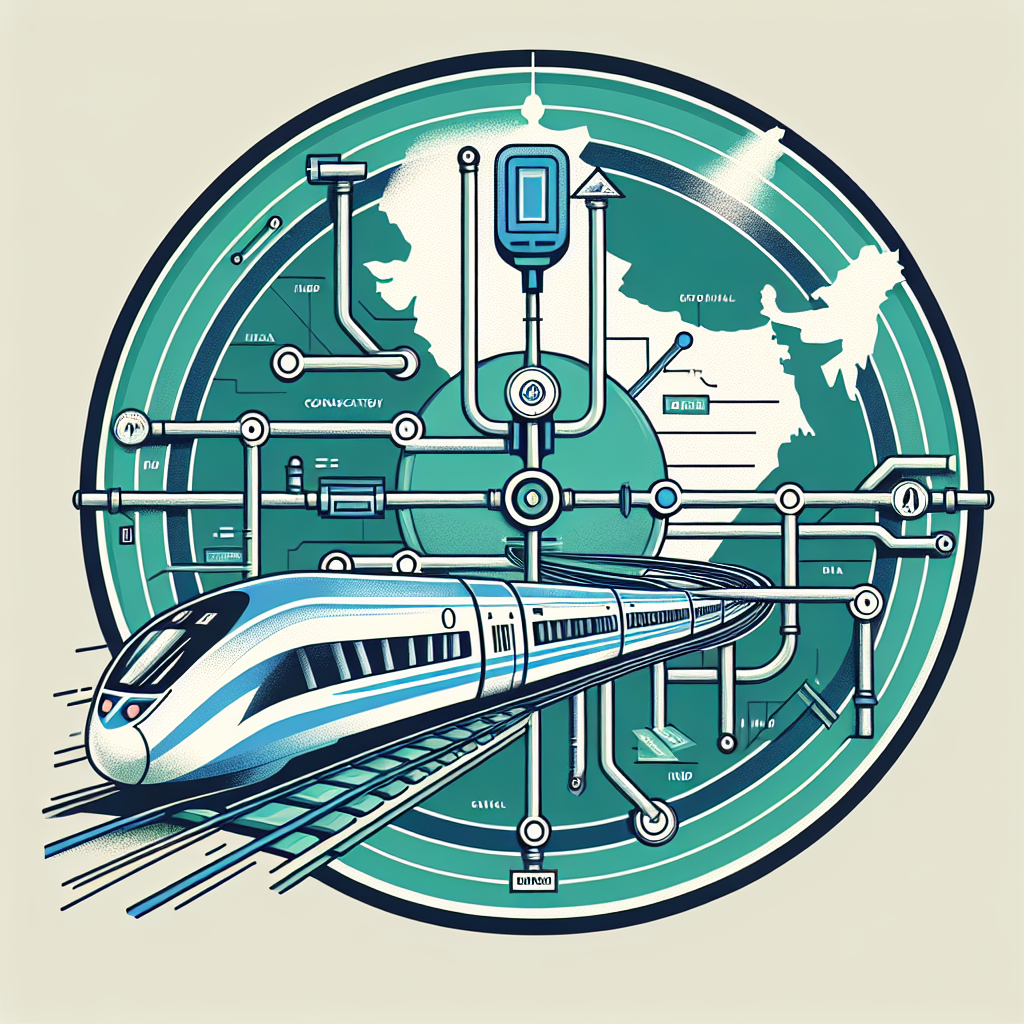NCRTC Enhances RRTS Stations with Advanced Environmental Control Systems
The NCRTC is introducing advanced environmental control systems to regulate temperature and circulate fresh air in underground stations of the Delhi-Meerut RRTS corridor. These systems feature energy-efficient components, including air handling units, UV-C lights, and water-cooled chillers, ensuring high air quality and a comfortable environment for commuters.

- Country:
- India
The NCRTC is set to install cutting-edge environmental control systems on the Delhi-Meerut RRTS corridor to regulate temperature and ensure the circulation of fresh air in its underground stations, according to an official statement.
This advanced system is designed to meet the cooling and ventilation needs of the four underground stations: Anand Vihar in Delhi, and Meerut Central, Bhaisali, and Begumpul in Uttar Pradesh's Meerut, located at depths ranging between eight and 23 metres.
The state-of-the-art environmental control systems (ECS) include energy-efficient air handling units and electronically commutated motors to minimise energy loss and enhance performance. Ultraviolet-C lights will be strategically placed to combat airborne infections. Water-cooled chillers will provide optimal temperature and humidity control to ensure a comfortable ambiance for commuters. Additionally, sensors will monitor CO2 levels in public areas. Currently, a 34-km section between Sahibabad and Modinagar North, featuring eight elevated stations, is operational.
(With inputs from agencies.)
ALSO READ
Delhi Achieves Record Air Quality Improvement in 2024
Fog Disrupts Train Services and Causes Fatalities Amid Air Quality Concerns in Pakistan
Delhi-NCR Reinstates Stage 3 Air Quality Curbs Amid Rising Pollution
Foggy Skies Impact Flights: Indigo's Alert Amidst Delhi's Poor Air Quality
Delhi's Air Quality Concerns Resurface Amid Stubble Burning Decline










